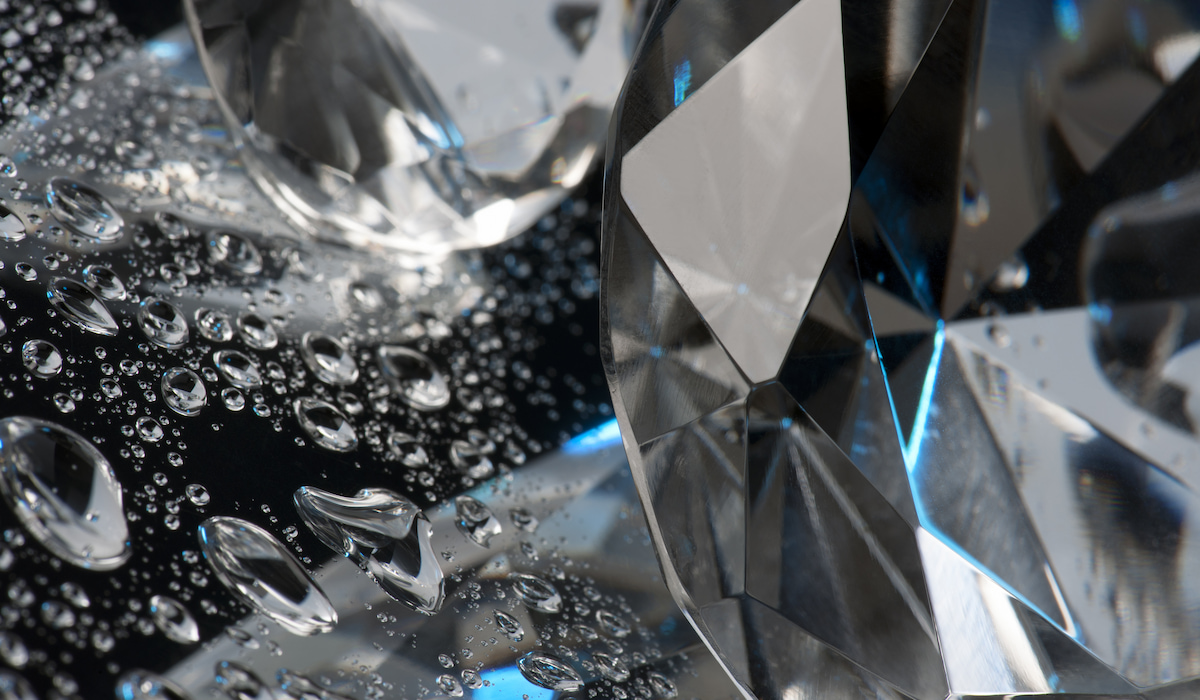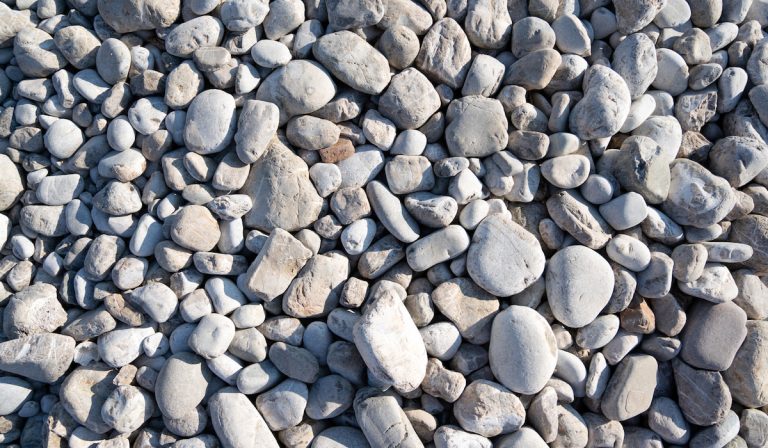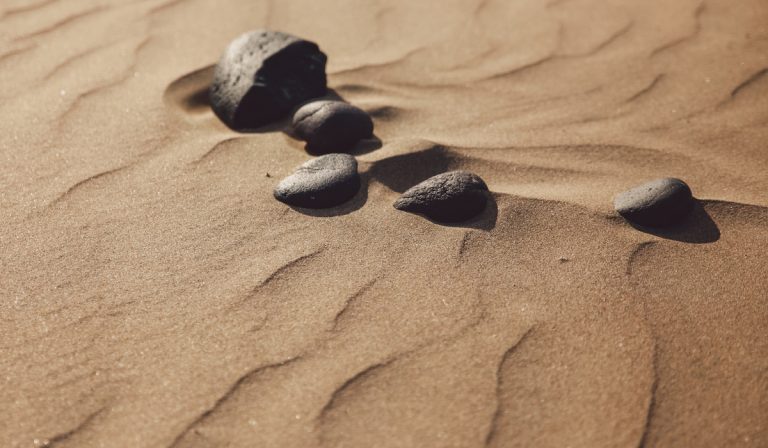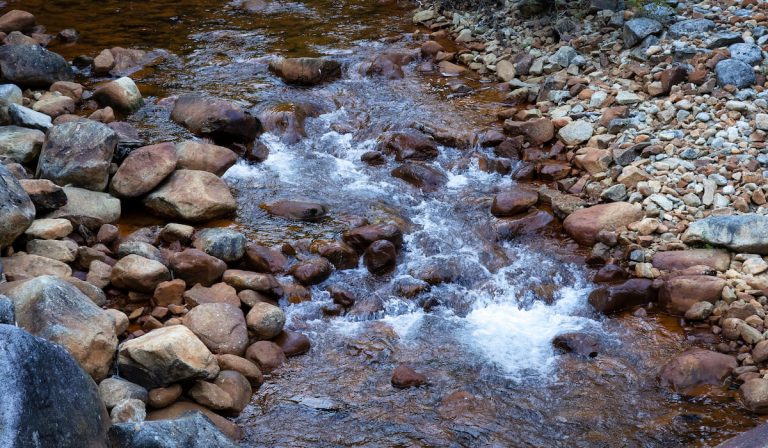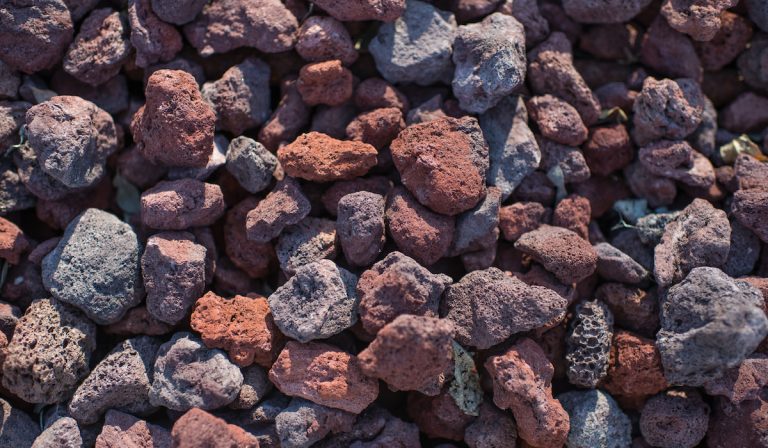Are Crystal Rocks Worth Money? (Read Before Buying!)
Crystals can be just as gorgeous as their renowned rock relatives, diamonds and gemstones.
However, value is determined by the number of individuals who place value on an object. For example, money is in reality only paper or a number in your account, but as we give worth to this number it acquires value and can be used to exchange for other goods we value.
Crystal, as determined by those who do and do not place value in it, is not worth as much as a diamond or a sapphire. When selling your crystal, you cannot expect such a high price point. Still, in answering the question of whether it is worth money, yes, it is– just not nearly as much.
How much money are crystals worth, then?
That depends on multiple factors, like almost anything else you buy. So, quickly go back and gather all of your crystal rocks right next to you so that you can assess which have the potential to be the biggest money makers for you!
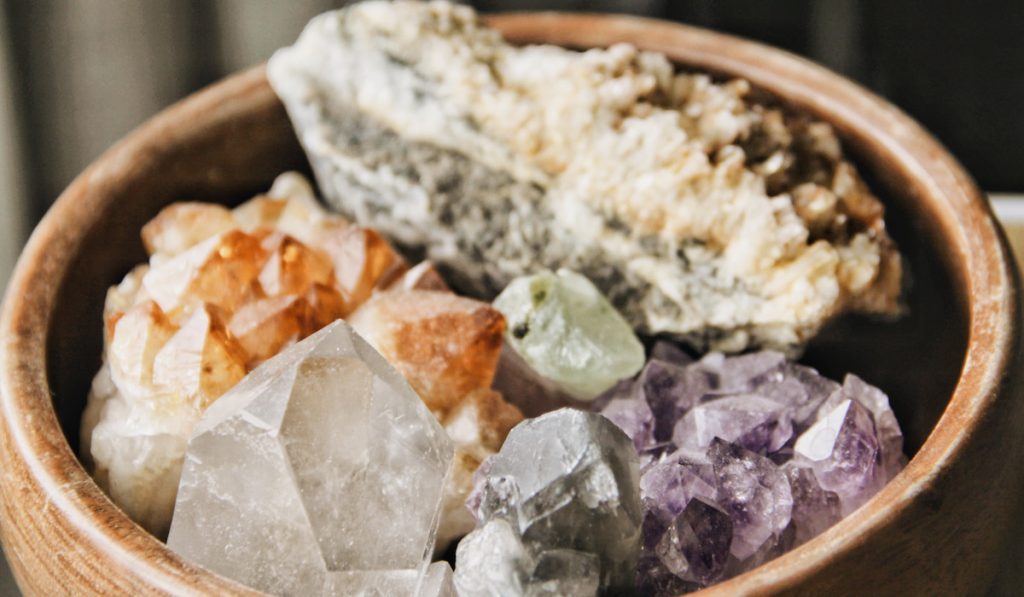
What’s the Difference Between Crystals and Gemstones Anyway?
Gemstones are classified as such by the following description: beautiful, durable, and rare. Gemstones are one solid shape cut to be beautifully faced and polished, then set into jewelry to increase the beauty and worth of the product.
Crystals are substances that can appear as one solid shape or formed by many repeating molecules and atoms to create a choppy appearance of many small spires connected on one rock. Crystals can be beautiful and occasionally rare (though hardly as rare as a gemstone), but never durable.
Before they are mined, crystals break easily with the earth’s movements, while gemstones are hard and can stand the test of time without cracking.
Diamonds, a gemstone, are one of the strongest substances on earth, but no one’s saying that about crystals!
One interesting aspect of crystals, though, is their purported healing qualities. Certain crystals are known to help with certain aspects of life, and mental and physical struggles in your life journey. In this unique way, crystals can attain higher value even though they do not measure up to the worth of gemstones.
What Determines Value in Your Crystal Rocks?
Value can be determined by the four C’s: condition, color, clarity, and carat, with carat referring to the size of the crystal. Crystals do not generally hold a carat as precious metals and gemstones do.
With gemstones it would be “cut” instead of “condition,” but crystals are generally left to their natural shape so the cut does not apply.

Condition
Typically, the closer to flawless, the more the crystal is worth. If the inside of the crystal has any cracks or fractures, it is deemed flawed and less valuable.
Along the same lines, flaws in the exterior of the crystal will result in a lower price as well. The difference is that it is hard to find a crystal that does not have any exterior breakage, as that is part of the natural development of crystal.
Crystal forms such as quartz crystals are created by the natural breakage caused by the movement of the earth along fault lines. Most quartz formed early on were originally formed in these fault lines and fractures, which are reopened and natural breakage occurs when the earth moves again.
Finding crystal that does not have natural breakage caused by such movements is rare, so do not be worried if your crystal is not flawless on the exterior– and if it is, then congratulations! It is scarce and much more valuable!
However, crystal with damage due to rough or negligent handling by the owner will diminish in value. If there are small chips in the rock, it can usually be forgiven if the rest is still aesthetically appealing (which we’ll get to later), but crystals with big cracks will have a hard time finding a new home.
Color
Now it’s later! Color matters only because of the aesthetics of the rock. If it is a unique or especially beautiful crystal, it will increase in worth as opposed to a more dull or disinteresting color of crystal.
Types of crystals– demonstrated by their color– can also be a factor in their worth. If it is a specific color that is native to a certain area, and that type of crystal is rare or valued for other reasons, the price may go up.
For example, Arkansas possesses “smoky” crystals of a pale brown or gray coloring. Not generally aesthetically appealing, right? However, these crystals get their color from radiation, and as these crystals can only be found in a few select locations, they are considered rare and valuable even despite their dull color.
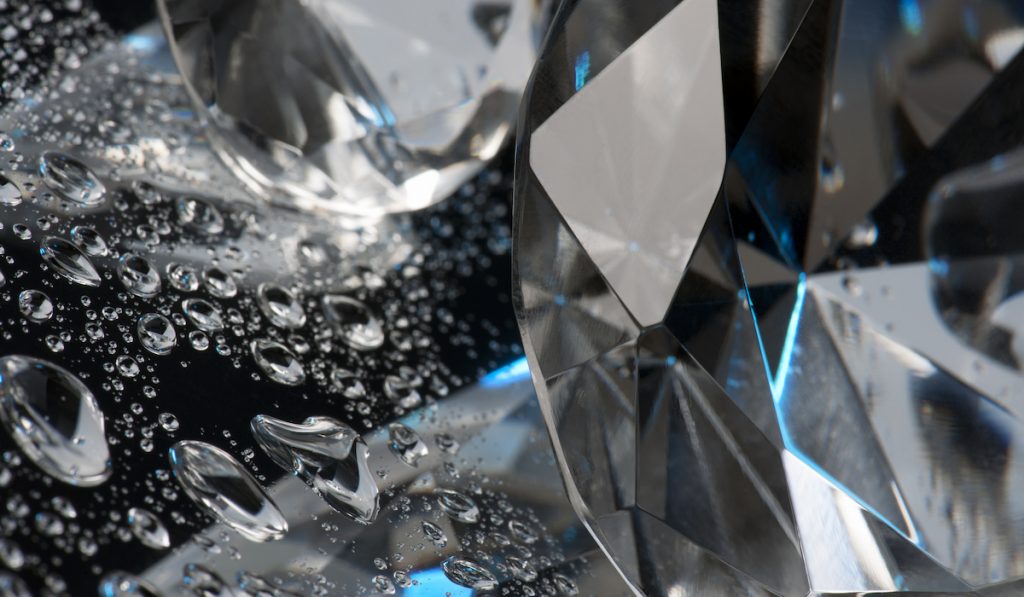
Clarity
Sometimes even lack of color can create worth. Crystals that are clear all the way through are more valuable than milky crystals.
“Milky” crystals describe crystals that have a cloudy, whitish color. They may have other colors such as purple and pink playing about the edges, but the cores of these crystals are cloudy and resemble, well, milk. These are not as valuable because they are more common and less enchanting.
On the other hand, crystals that are transparent from the tip to the base are going to be much more valuable. Examine your crystals, and see which ones are transparent and which are milky. Some may be a little of both, but the most valuable will be the ones that are “crystal clear!”
Carat
Carat is usually only used when referring to gemstones rather than crystal rocks but in order to be able to say “the four C’s” it needed to be a word that started with a C and not an S, which is what carat means in this instance: size.
As typically assumed in American culture that bigger is better. Just like the Hope Diamond is worth more than the one on your ring finger, a bigger crystal will cost more than a smaller one.
Have you assessed your crystals yet? Found the rarities that can get you a bigger bang for your buck? Remember, the most valuable crystals will be the ones with the least cracks, the coolest colors, the clearest clarity, and the biggest size.
Maybe you’re looking at your little rock collection and feeling down. Your crystals aren’t the biggest, or the clearest, or flawless, or a rare color. Don’t worry!
Many people are looking for crystals for different reasons. They’re not all crystal critics on the hunt for the most expensive and rare find. As long as they have some type of interest or loveable quality, someone will bite so don’t be afraid to put them out there!
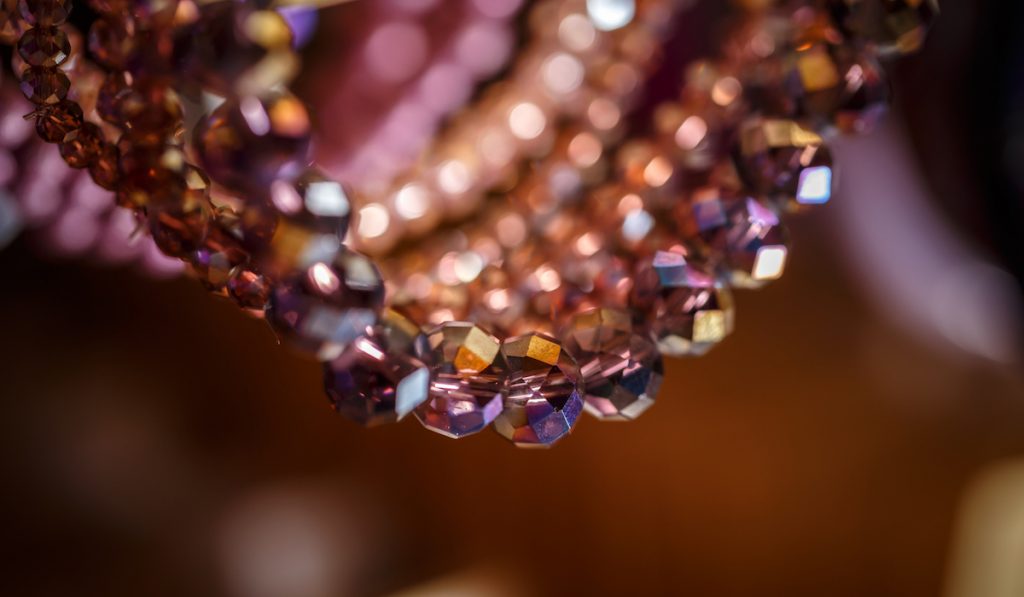
Can I Increase the Value of My Crystals?
Yes! The best way to manually increase their worth is to keep good care of them. Keep them clean and polished so that they have a sharper look in photos and in person. You can even trim the crystal to further clean out its look and possibly remove some of the exterior flaws.
Okay, I Picked Out My Prize Crystals! Now What?
You may be wondering, what next? Where do I sell them? The best places to sell your crystals would be to a dealer, or simply online.
Dealer
Crystal dealers are people who either find and mine crystals and sell them to the public, or purchase and resell the crystals they’ve obtained from others—which means you!—in crystal shops or at crystal event shows.
You can either sell your crystals to these dealers for them to do what they wish next, or you can become a dealer too! Make a partnership with a local crystal shop, or set up a booth at a crystal event or other event such as a renaissance fair that would have peak interest to customers.
Online
There are so many platforms online that you can sell your crystals on, so if you decide to take this route, research which one sounds the best to you! The most common ones would be eBay, Etsy, or Amazon sellers.
You could even find a group of dedicated crystal lovers, called Rockhounds, on social media platforms such as Facebook or Rockhound websites and sell from there. If you are a crystal lover, you may even join their group and become a trader and collector yourself!
The Final Word
Crystal, like everything, has worth attached to it based on the qualities it possesses that consumers value. Some crystals will be worth more than others, but no matter the assumed worth, all crystals are beautiful in their own natural, unique way. The only way to not sell your crystal is to not even try putting it up on the market, so believe in their beauty and put them out for the world to see!

